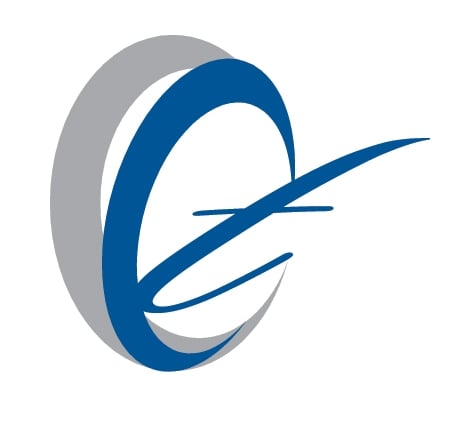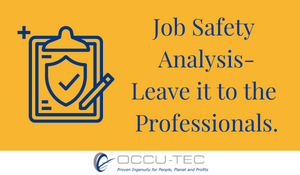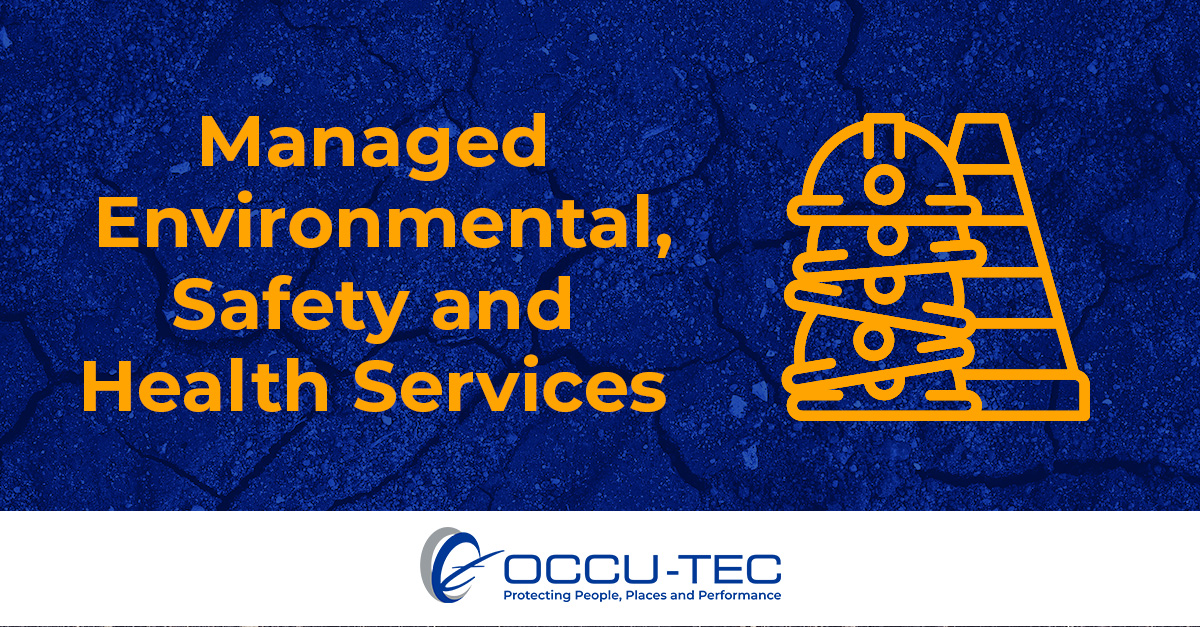Some companies use the term “Circle of Prevention” when following the Plan, Do, Check, Act model for their safety and heath programs. As safety is really a continuing process of improvement, the OSHA standards should only be the beginning. They may help identify many of the general hazards of general business and construction, but you and your employees should be working together to identify on-the-job hazards unique to your industry and your work areas, using formal and informal safety audits and hazard analysis.
 Whether through reading OSHA standards, consulting other guidelines or making your own observations, the circumstances of the hazards in your organization must be analyzed, the problem diagnosed, a plan of action developed, and then effective corrective action taken to minimize the risks.
Whether through reading OSHA standards, consulting other guidelines or making your own observations, the circumstances of the hazards in your organization must be analyzed, the problem diagnosed, a plan of action developed, and then effective corrective action taken to minimize the risks.
But for whatever reason, somehow, even with your excellent safety and health program in place, an accident happens. Now what? After all the initial work is done including securing the scene and caring for the employee, you need to conduct a thorough accident investigation in order to help prevent similar accidents from happening in the future.
How your investigation is conducted will determine in large part how useful it will be.
When to start an Accident Investigation
You must act quickly as memories get fuzzy and initial perceptions may change, other employees start talking and with that the ‘water cooler’ effect takes over. Perceptions and eye witness accounts start being influenced by the storytelling. However, even though you want to get started right away do not get locked into a deadline for completing the investigation. If you are too rushed you may reach the wrong conclusions about the root causes.
Who should conduct the Investigation?
Most minor incidents and accidents can be investigated by the supervisor who is often the person most familiar with the operation. The supervisor is also in position to implement remedial measures as necessary. More serious and complicated incidents and accidents require more expertise. A team approach that includes the supervisor, safety professional or risk manager, management representative, perhaps a safety committee member and even a human resources representative will allow for a wide range of issues to be addressed. In addition, your insurance company will certainly be involved with any serious accident.
The purpose of the Investigation is Prevention not Blame.
It is crucial to the success an accident investigation to make sure you are getting full cooperation from witnesses or those involved in the accident. Remember, the people you are interviewing may be afraid that you will blame them and react defensively or even embellish the facts if they feel threatened. It is important to make sure they understand that you are simply trying to find the factors that led to the accident so future accidents can be avoided.
Review the facts.
- Description of the accident
- Witness Discrepancies
- Condition of any equipment involved
- Environmental factors
- Personnel issues with injured employee(s) (training, competence, attitude, past performance, alcohol/drug use, etc.)
- Routine or non-routine task
Consider all the possibilities
- The immediate cause?
- Contributing factors?
- Underlying root causes?
- Unpredictable factors?
- Alternative theories?
Accident Investigation Reporting
Your report should summarize the facts of the accident and events leading up to it. Include any injuries suffered from the accident, the total of all property damages and any other costs of the accident, and if “human error” was involved, this should be included in the report; however, disciplinary recommendations should not be included as part of the investigation. It is however crucial to include information about the immediate and underlying causes and definitely report any dissenting opinions if the investigation was a team effort.
Management can’t do accident prevention in a vacuum, employees need to be involved. Without their understanding and cooperation, nothing management does will really work in the long run to stop the accidents and injuries.

 OCCU-TEC, Inc.
OCCU-TEC, Inc.

